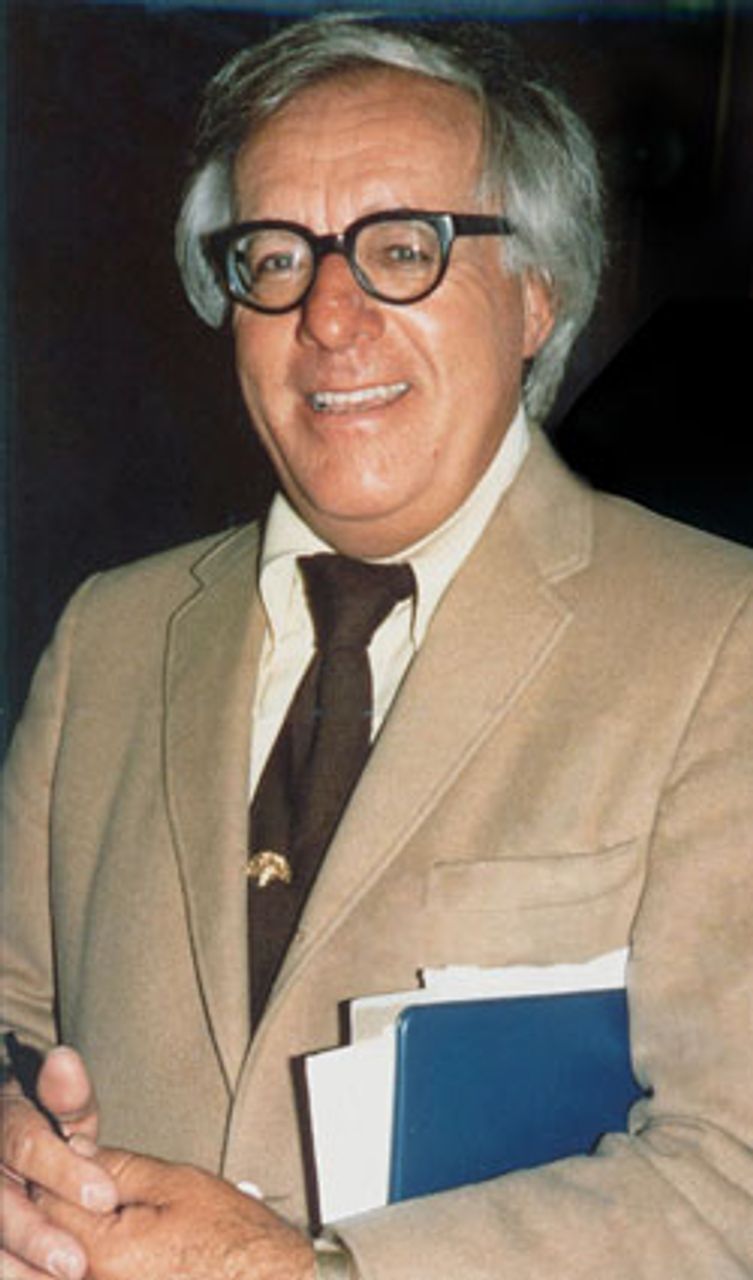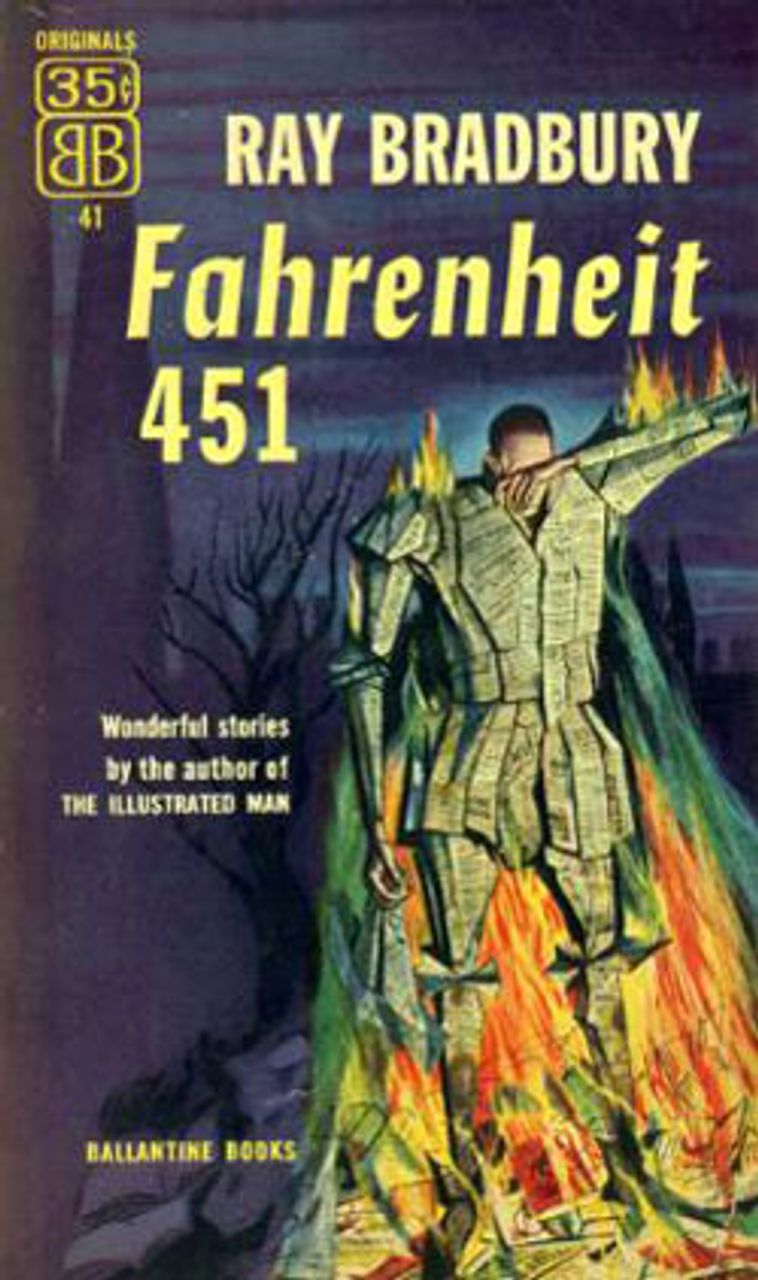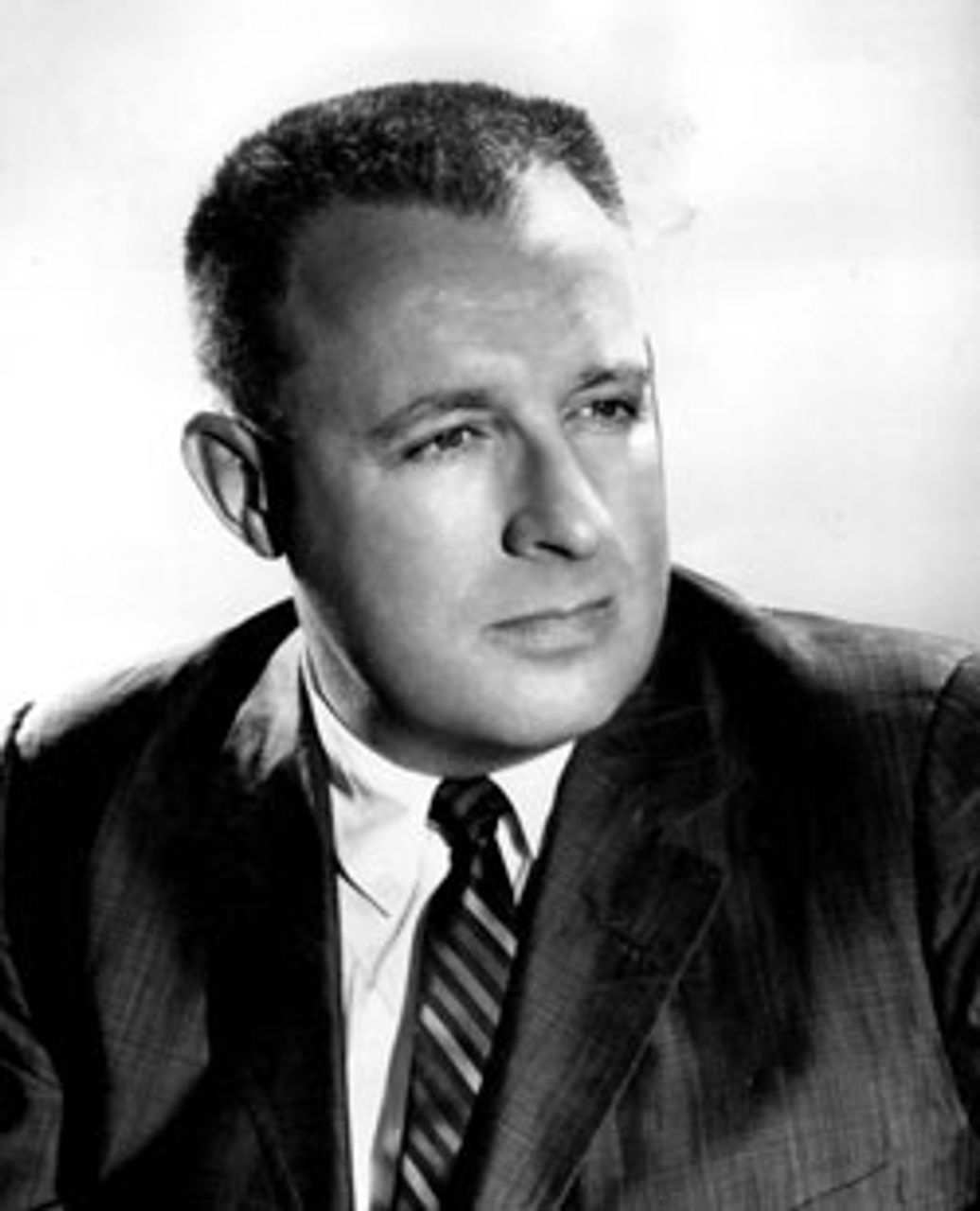Filmed as a prequel to the Lord of the Rings series, this
first part of The Hobbit covers approximately half of the book as written by
J.R.R.Tolkein. It begins with an aged Bilbo Baggins (Ian Holm), Hobbit, writing
out his tale for Frodo in the idyllic shire of Bag End.
As he narrates, we meet the younger Bilbo Baggins (Martin
Freeman), who lives a sedentary life in his hobbit hole and wants for nothing
more than a relaxed and peaceful existence. This is not to be, as he’s been
chosen by the wizard Galdalf (Ian McKellan) to aid a pack of thirteen dwarves
in their quest to reclaim their mountain home (and the gold therein) from the
dragon Smaug.
Bilbo refuses Galdalf’s initial invitation to adventure,
and retires to his William Morris-inspired hobbit hole for dinner. Just as he’s
plating his fish and sitting down, the first knock comes, and one of what soon
grows to a rowdy crowd of twelve ravenous and rude dwarves invades his home and
pantry. They noisily eat all the food as Bilbo helplessly protests, and it is
only when Gandalf returns that their reason for being there at all comes clear
to Baggins. Bilbo is very cross, and notes that his house has been rendered
extremely untidy by the dwarves—who then proceed to sing a jolly song about his
worry over being eaten out of house and home and concern over his heirlooms as
they clean up and stack all his tossed-about but un-chipped and now clean
family china.
Some of the dwarves look askance at Gandalf’s choice of
Baggins to be their burglar, especially their late-arriving leader, dwarf
prince Thorin (Richard Armitage). Bilbo, doubtful about leaving his hole and
the Shire, initially refuses to sign the contract offered him, and then faints
almost comically. By morning’s light, the house is spotless, the sun is shining
calmly, and the dwarves are gone. Bilbo looks about, and quickly decides to
join the dwarves, running after them and catching up with the group in the
forest.
On their first night out, three hungry
computer-generated trolls capture all of them except for Gandalf. The trolls’
antics are along the lines of a cockney three stooges, with snot jokes, and
predictable slapstick violence. Once all the dwarves are trussed up for
consumption Bilbo makes himself useful by delaying the trolls into remaining outside
until the sun rises, when Gandalf strikes a stone that lets the rays through to
turn them to stone. The group then finds the troll’s cave, and in it a hoard of
treasure which includes some elven swords of high quality, with which they arm
themselves.
Gandalf finds one that is just Bilbo’s size and gives
it to him. At Bilbo’s protests that he wouldn’t know what to do with it,
Gandalf insists that, “Courage is not about knowing when to take a life, but
when to spare one.” Such dialogue as there is in the film is of this simplistic
quality. McKellen and the others, all fine actors, deserve better. Further, it
is only when such lines are delivered that the action takes a pause. Meaningful
looks are exchanged briefly, and the audience is expected to nod along with the
wisdom as the music swells emotively.
One evening, the group is camping out when sounds of
orcs waft across the landscape to their ears. When one of the dwarves scoff at
the idea of being attacked, he is taken to task by an older one who tells the
tale, via vertiginous flashback, of the loss of the dwarves’ home, Erebor,
through the usurpation by Smaug, and the subsequent battles with others to
retake it, focusing on one particular battle with the Orcs in which Thorin
showed himself a true leader by snicking the arm off of Azog, leader of the
orcs.
This battle, as with the others of the film, is
portrayed primarily in computer generated images. The scale of the fighting—the
entire screen is filled with tiny writhing figures—creates confusion for the
viewer. Yells of combat, and the focusing in on particular acts of violence do
little to clarify the situation, and the scene is brought to sense only through
heavy narration by the old dwarf. The actors involved are visually treated in
such a way as gives the impression that they, too, are computer generated or
articulated models, and the overall effect is that of a high-quality video
game.
The villain, the orc Azog, a mere name in the book,
was presumed dead after that battle, but is a persistent foe for Thorin in the
film: providing an excuse for running, growling creatures, and excessive battle
scenes and chases. His menacing appearance is familiar—the hulking, pale,
muscular and angry type having been seen in Prometheus this
past summer, for example. Indeed, quite a bit about the film is familiar.
Obviously designed for the 3D theatres, the film’s
scenery is unrelentingly huge—vast sweeping landscapes give way to vast
underground caverns or vast claustrophobic crevices. All kingdoms seem to be
built with perilous bridges over incredible drops into distant nothingness, be
they dwarvish, elvish, or goblin. There are boulders which roll at the
audience, flying debris which comes at one, and on and on, forever on, until it
seems no cliché is left untouched when it comes to falling, being smooshed, or
otherwise tricked into a sense of vertigo.
This is all part of what passes for excitement in
major Hollywood films, if the previews are anything to go by; of six films
advertised before this adventure, five had scenes of falling off cliffs or
other high places, being almost crushed by flying debris, and other narrow
escapes followed by a sigh exchanged between those involved right before something
else almost kills them.
Considering what can be done with 3D, as displayed by the documentaries on the dancer Pina,
and The Cave of
Forgotten Dreams, one hopes for more when the technology is made available
to those who work from a starting point of imagination. Unfortunately, the aim
of Jackson and company seems not that of bringing a good story to life, nor
even a mediocre one, but rather to distract the audience from what is lacking.
The use of bombastic battle scenes, and the
near-elimination of some actors behind CGI imagery meant to terrify or startle
can only go so far, as the action does little to move the story forward and the
patience of all but the most die-hard fans in the audience is sorely tested by
its near-three-hour length.
In a visit to Rivendell, Maxfield Parrish-inspired
homeland of the elves, the dwarves, Gandalf and the hobbit learn the names and
legends of the swords found in the trolls’ cave, as well as having the secret
parts of the ancient map of the Lonely Mountain they carry decoded by one of
the higher elves. Gandalf also presents, in a meeting with the elves Galadriel
(Cate Blanchet), Saruman (Christopher Lee) and Elrond (Hugo Weaving), a sword
given to him by the reclusive wizard Radagast (Sylvester McCoy, of Doctor Who
fame) which proves to be a relic of ancient evil and which will, no doubt,
figure in the next film.
It is also in Rivedell that Gandalf declares that, “I found it is the small everyday deeds of ordinary
folk that keep the darkness at bay. Small acts of
kindness and love.” This was not a line from the book, though it did express a
certain sentiment Tolkien subscribed to. Though not necessarily pacifist, the
Lord of the Rings and associated books have an intention of exposing the
horrors of war, and the struggle between defeatism and hope comes into play
quite strongly in his writing. It is, therefore, an incongruous line to find in
this film adaptation, which goes to great lengths to depict violence and honor
as if it can only be found therein.
The scenes involving Gollum, met by Baggins alone in
the caverns under the goblin mountain in which the dwarves have all been taken
prisoner, do provide an interesting interlude. One cannot help but feel for the
creature, driven mad from isolation, when he realizes he’s lost his ring to
Baggins. Though the scenes could have been accomplished more compactly, there
is a latitude of emotion allowed on the part of the computer-generated Gollum
(voiced by Andy Serkis, who was also second unit director of the film) which is
denied that of the entirely human actors who are largely limited to pantomiming
rage, fear, or posing heroically.
It is also one of the few places that Bilbo Baggins
is allowed to develop at all. Freeman takes full advantage of the opportunity,
and his grudging mercy at the end of the scene is, though we all know the
ultimate outcome of that relationship, a convincing relief. If the rest of the
characters were treated even half as fully as in this one segment, there could
be some considerable depth to the film.
The final battle scene of the film, involving a
showdown between Azog and Thorin, allows Baggins a chance to play the fighting
hero. This is depicted as an unexpected twist. However, for all the surprise
portrayed by those onscreen, it is unlikely there are many who did not see it
coming. As with so much else in the film, the storyline has a predictability
that does not stem solely from familiarity with the book on which it’s based.
In any event, Baggins’ sudden heroic turn wins him
the admiration from Thorin, who’d repeatedly voiced his doubts about him, but
who now declares he’s never been so happy to have been wrong. Having been
deposited on a high cliff by the enormous birds sent by the elf Galadriel to
rescue the group from the clutches of the orcs, the troupe looks to the distant
mountaintop on which can be scried the lost home of the dwarves wherein a
dragon awakes. And so the scene is set for the next installment.
Published with revisions at:


